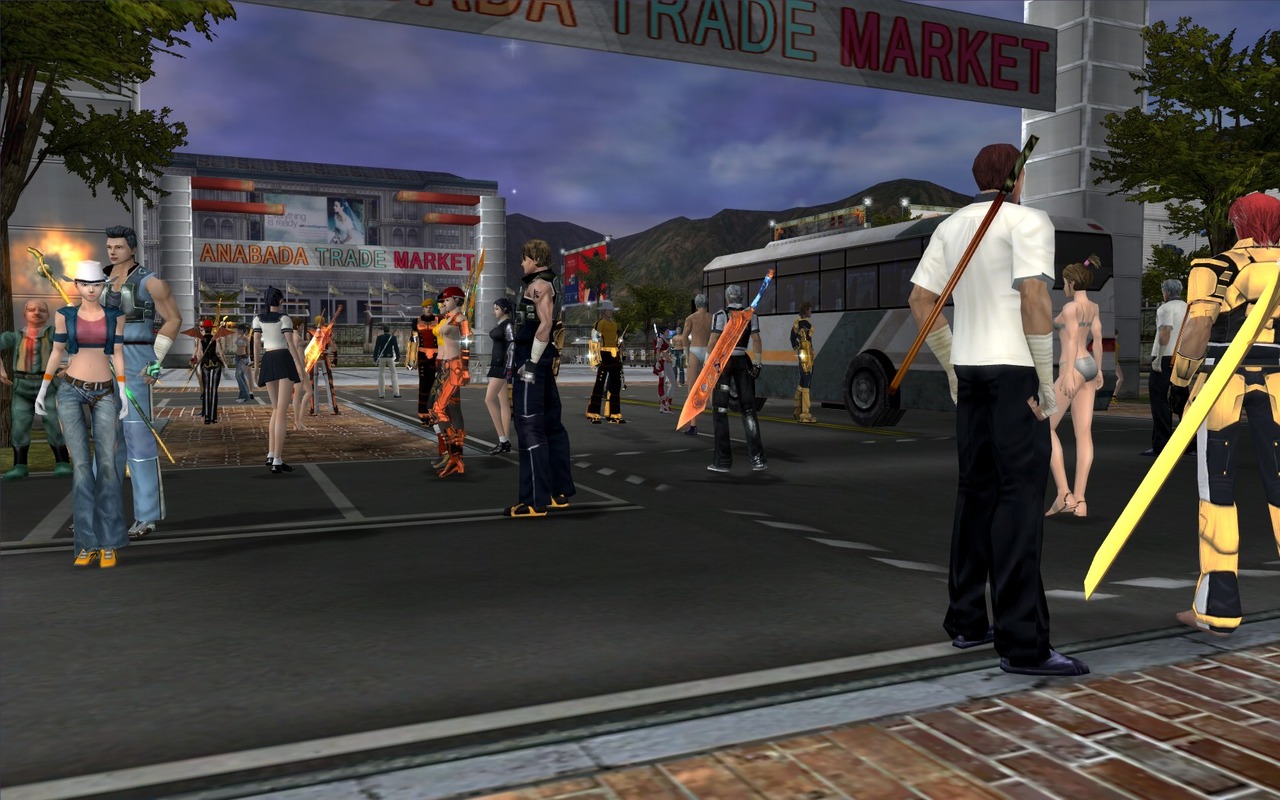
Certain plants grant different effects when eaten, while others seemingly only offer a gross little bonus animation that lets you vomit them back up at any time. The game’s enemies – many of whom can kill in a single hit – have patterns of behaviour (even sub-species have different abilities – pink Komodo-like lizards can climb when green ones cannot, for example) to be learned and exploited.

There’s no stated goal beyond this – a practically wordless storyline suggests that you’re guiding your Slugcat back to its family home, but what direction you head in across its sprawling map is up to you. Rain World’s basic gameplay rhythm is one of survival and reconnaissance – using Slugcat’s jumping prowess and whatever weaponised debris you can find, discover a safe room (as thinly spread and desperately welcome as Dark Souls’ bonfires), scout out enough food to hibernate safely, return to the safe room to reset the day cycle and save your map, then begin it all again. It is, without doubt, one of the best-looking 2D games I’ve ever played.


Each single-screen area looks meticulously crafted, dotted with almost unnecessary levels of detail to make them feel not just like video game levels, but a truly abandoned place. Flooded subterranean chambers shimmer with reflected ripples, overgrown architecture is dappled with shifting shadows of clouds and enemies hovering out of sight. The backdrop of a world ruined by ecological catastrophe wrestles for your attention, too.


 0 kommentar(er)
0 kommentar(er)
